7 Questions for Kaya Oakes
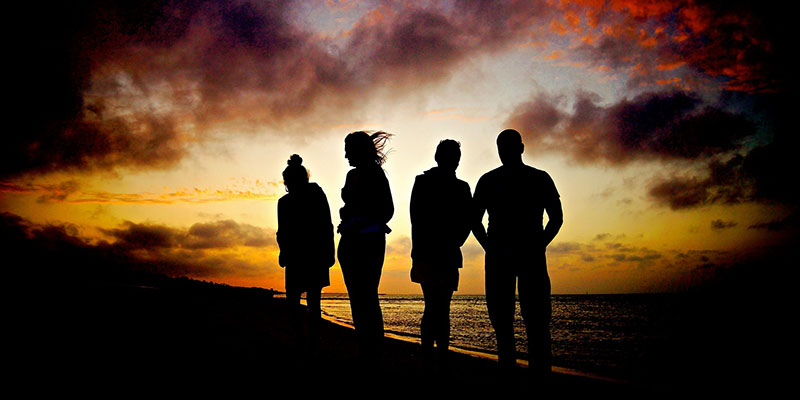
Kaya Oakes And yet, there was a real sense throughout doing the interviews that comprise a lot of the book that this was deeply sacred work: holding people’s stories, amplifying them through writing, and engaging in dialogue post publication about this fragile thing we call faith.
7 Questions for Elizabeth Drescher

Elizabeth Drescher . . . what constitutes “religion” and the “spiritual” for most people often has little in common with what scholars study and demographers track.
Seven Questions for Erin A. Smith: What Would Jesus Read?
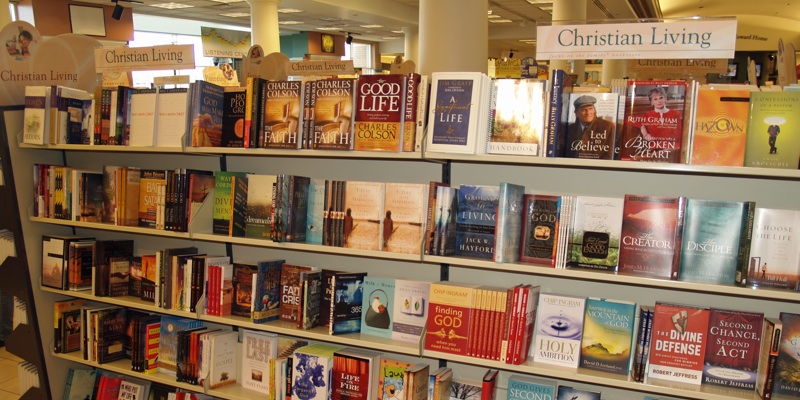
Erin A. Smith I purposely excluded sacred scriptures from the study, because I wanted to investigate the messy relay between the commercial and the transcendent.
American Secularism: Seven Questions
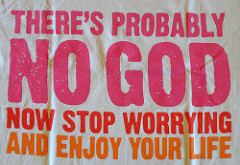
In our interview series, “Seven Questions,” we ask some very smart people about what inspires them and how their latest work enhances our understanding of the sacred in cultural life. For this segment, we solicited responses from Joseph O. Baker and Buster G. Smith, co-authors of American Secularism: Cultural Contours of Nonreligious Belief Systems (New […]
7 Questions for Matthew Avery Sutton

Matthew Avery Sutton I was not terribly interested in defining religion or the sacred. My focus was on how what my subjects would define as their religious beliefs and convictions functioned. I focused on the work that their religion did.
7 Questions for Jeff Wilson

Jeff Wilson The really interesting thing is that mindfulness can be simultaneously religious and secular, spiritual and scientific, not only for different people but even for the same persons. This demonstrates just how much the category of “the sacred” is in flux in today’s society.
7 Questions for Eric Reinders
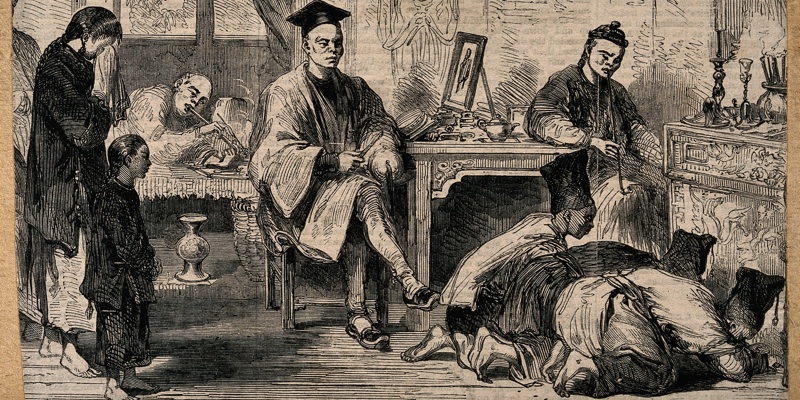
Eric Reinders Then I read Foucault’s Discipline and Punish about the making of the soldier’s body and I thought, yes, there might be a way to talk about monastic discipline in a new way.
7 Questions for Lerone A. Martin

Lerone A. Martin During my research, I discovered that most scholarship on religious media focused primarily on the mediums of print, radio, and television. Moreover, these historical accounts almost exclusively detailed the experiences of white Protestants, while simultaneously ignoring race as an analytical category. This led me to write my dissertation and ultimately Preaching on Wax: an interwar narrative that de-centers whiteness and radio in the history of American religious broadcasting by explaining how black clergy, largely marginalized from radio on account of racial discrimination, made the phonograph a vital medium of religious broadcasting, a phenomenon I have dubbed phonograph religion.
7 Questions for Andrea R. Jain
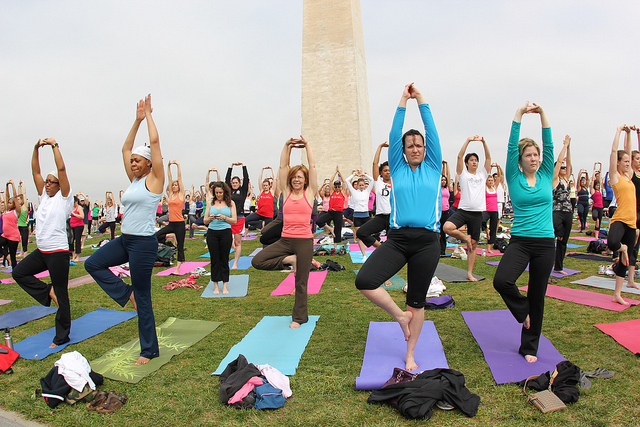
Andrea R. Jain One difficult thing about writing Selling Yoga, though it was not surprising, is that contemporary popular culture defies the ability to locate any cultural object at one site or sites. And in the case of pop-culture yoga, we cannot locate it in my chosen sites alone. However, as a practical move, I had to select my examples as windows into the incalculable sites of the construction, dissemination, and practice of yoga. I had to carefully select from case studies in my effort to demonstrate that the postural practice we most associate with yoga today underwent global popularization as a consequence of its coincidence with transnational cultural developments.
7 Questions for Anthony Petro

I wanted to write something about religion and sexuality for my doctoral work, but I never thought about writing on religion and the AIDS crisis until I watched a film by Gregg Bordowitz, an artist and professor at the Art Institute of Chicago. . . . One of the scenes featured a gay black man standing at a microphone, describing how horrendous the AIDS crisis was at the time – in the 1980s – and then he spoke about God. Not in a negative way, but as a positive force, as a source of grace, even for gay men with AIDS.
